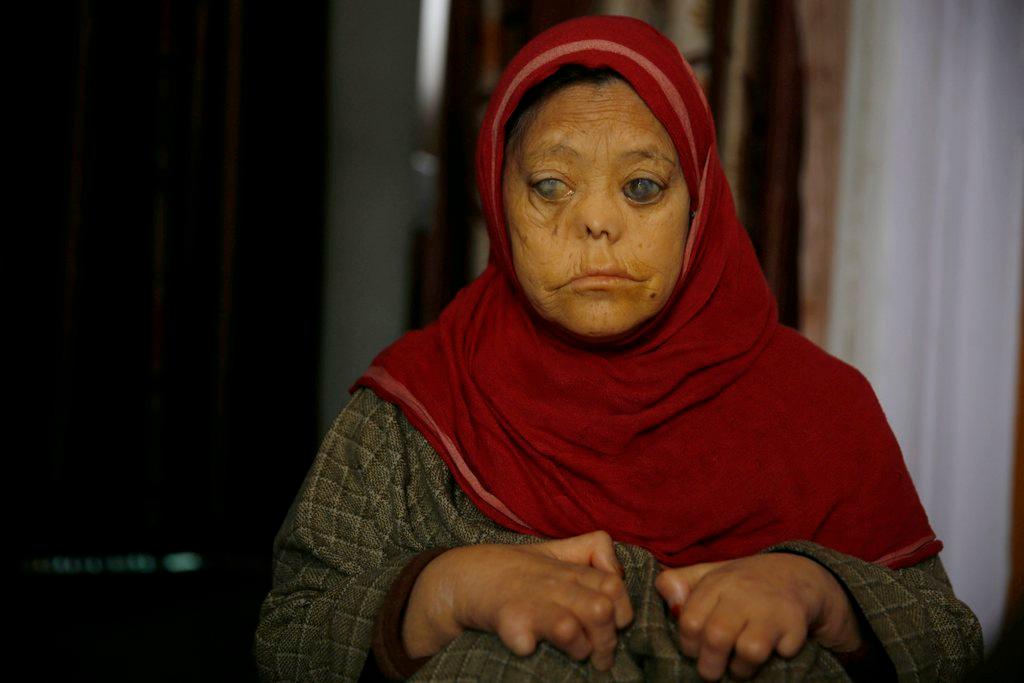
Swiss researchers helping to eradicate leprosy

The Swiss Tropical and Public Health Institute (Swiss TPH) has helped create an international partnership of several leading leprosy groups. Sunday is World Leprosy Day.
Supported by the World Health Organization (WHO), the new Global Partnership for Zero LeprosyExternal link brings together organizations like the Swiss-based Novartis Foundation, the International Federation of Anti-Leprosy Associations (ILEP), the International Association for Integration, Dignity and Economic Advancement (IDEA), national leprosy programmes and academic institutions.
+ What Swiss researchers learned about leprosy by studying ancient DNA
Peter Steinmann of Swiss TPH represents the scientific community in the creation of this partnership.
“Swiss TPH is actively involved in establishing the proof-of-concept of novel interventions against leprosy,” said Steinmann in a media releaseExternal link. “The new partnership offers a unique platform to harness the results of the best science for the benefit of the world’s poorest people.”
The Global Partnership for Zero Leprosy will coordinate action in three key areas: 1) diagnostic research and therapeutic tools to prevent spread of leprosy; 2) technical assistance and expertise to strengthen existing national programmes and accelerate translation of new evidence; and (3) advocacy and fundraising.
Despite the availability of effective multi-drug therapy, the number of newly diagnosed leprosy patients has remained above 200,000 per year for the last decade, including thousands of children, according to Swiss TPH. The institute blames inadequate resources and stigma.

In compliance with the JTI standards
More: SWI swissinfo.ch certified by the Journalism Trust Initiative






























You can find an overview of ongoing debates with our journalists here . Please join us!
If you want to start a conversation about a topic raised in this article or want to report factual errors, email us at english@swissinfo.ch.